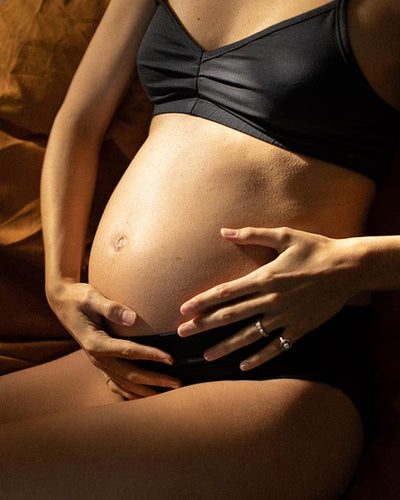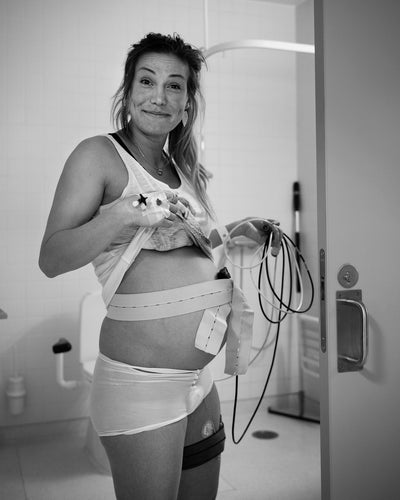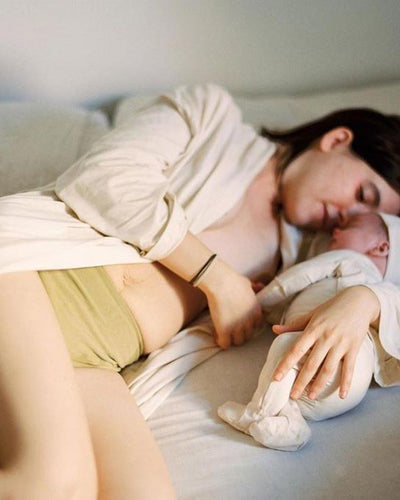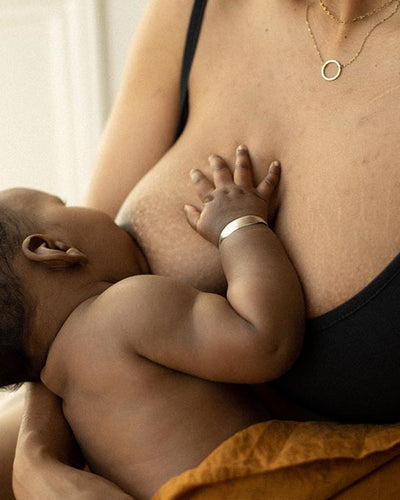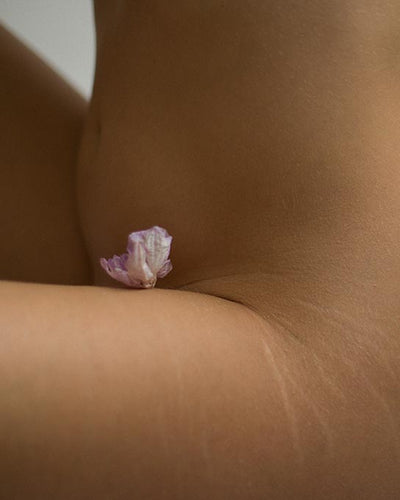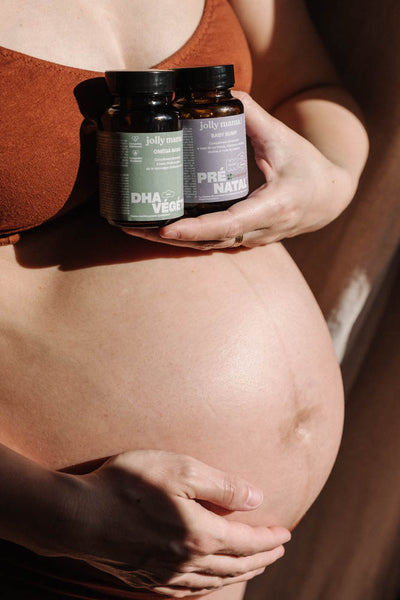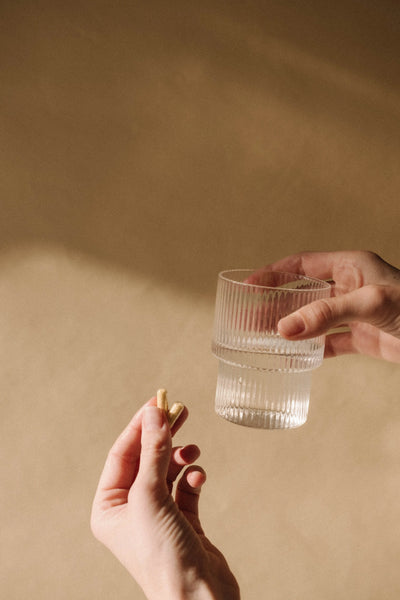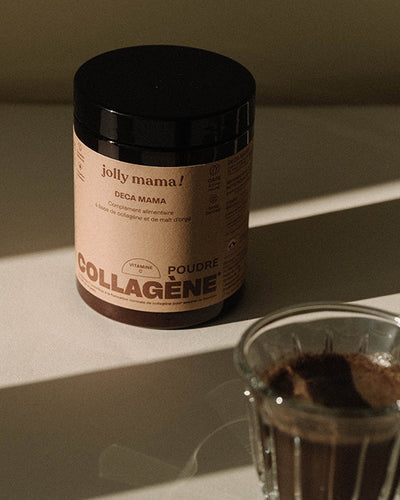Une alimentation adaptée pour la glycémie
Des aliments à faible index glycémique
Les régimes qui ont un index glycémique réduit (index qui représente la capacité d’un aliment glucidique à faire évoluer la glycémie) ou une charge glycémique réduite (qui représente l’index glycémique multiplié par la quantité de glucides dans la portion) ont une faible teneur en glucides. Il a été démontré que l'index glycémique et la charge glycémique affectent les voies impliquées dans la pathogenèse de l'acné. Par exemple, un régime pauvre en charge glycémique réduit l'index d'androgène libre et augmente la protéine de liaison à l’IGF1, et un régime pauvre en index et en charge glycémique diminue les niveaux d'IGF1 [15].
Il faut donc consommer des aliments à faible index et charge glycémique, comme : certains fruits (pomme, poire), des oléagineux (noix de pécan, noix de cajou), les légumes et les légumineuses [16].
Attention aux fruits à index glycémique élevé, comme la mangue, le melon, l'ananas, la pastèque, les cerises, la papaye, le raisin, la banane, ou encore les fruits secs.
Réduire sa consommation de mauvais gras
Dans une étude, un régime pauvre en lipides a augmenté les taux circulants de protéines de liaison à l'IGF1, ce qui peut suggérer une réduction de l'activité biologique de l'IGF1 et donc une diminution de la production de sébum et de l’acné [17].
Tous les lipides ne sont pas à bannir ! Une consommation de bon gras peut favoriser une meilleure régulation de la glycémie.
Des aliments permettant de baisser le taux d’insuline
L’excès d’insuline dans le sang augmente la prolifération des kératinocytes (cellules de la peau et des poils) et stimule la production d'hormones, ce qui peut contribuer aux facteurs pathogènes de l'acné. Les polyphénols jouent un rôle dans la régulation du glucose et donc de l’insuline [18].
Il est donc intéressant de consommer des aliments qui en contiennent, comme les fruits (principalement les fruits rouges, les baies et le raisin), les légumes, le cacao, le thé vert, la cannelle et l’huile d’olive.
L’épine-vinette, une petite baie rouge à la saveur acidulée, astringente et sucrée, possède des propriétés très intéressantes sur l’acné. Une étude a mis en évidence que cette baie était au moins aussi efficace pour réduire l’acné que les traitements classiques. Cela est dû à la présence de son composé, la berbérine, qui a une action sur la résistance à l’insuline, mais également sur les microbes de la peau [19].
Des omégas 3 pour réduire l’inflammation
Il a été démontré que les acides gras oméga 3 diminuent l'IGF1, qui est impliqué dans la production de sébum et l'occlusion folliculaire.
Les acides gras oméga 3 inhibent également la synthèse d’un composé inflammatoire, ce qui réduit les lésions inflammatoires de l'acné [20].
Certaines études ont par ailleurs montré une association entre une consommation plus faible de poisson et une gravité accrue de l'acné [21].
Consommez donc des poissons riches en oméga 3, comme le saumon par exemple.
Notre oméga 3 grossesse, Omega Mama, est le complément alimentaire de DHA vegan riche en oméga 3. Il couvre les besoins en DHA et est parfait pour toutes les femmes.
Vous pouvez également consommer des crustacés, des huiles végétales (comme l’huile de lin et de noix), des graines et des oléagineux pour faire le plein d’oméga 3.
Du zinc pour une peau en pleine santé
Les études ont montré que des taux sanguins de zinc trop faibles sont liés à la gravité et au type de lésions acnéiques chez certains patients atteints d'acné [22]. Cela serait dû au fait que le zinc joue un rôle dans la cicatrisation des plaies et la réduction de l'inflammation [23]. Par conséquent, consommer du zinc permettrait d’augmenter ses niveaux sanguins et de diminuer l’acné.
Pour cela, consommez des fruits de mer, du foie (il faut faire attention au foie période de préconception et pendant la grossesse en raison de sa forte teneur en rétinol, une substance tératogène à hautes doses), des légumes secs et des céréales complètes comme le riz complet.
Le plein de vitamines contre l’acné
Les vitamines A et E
Des études ont mis en évidence que des faibles taux plasmatiques de vitamines A et E ont un rôle important dans la pathogenèse de l'acné et dans son aggravation [24].
Une carence en vitamine A affecte dramatiquement la biologie cutanée comme la sécheresse de la peau. Ce nutriment se retrouve en partie dans la peau, notamment dans les glandes sébacées [25]. La vitamine E quant à elle a une action antioxydante qui serait bénéfique chez les personnes atteintes d’acné [26].
Il faut donc consommer des aliments riches en vitamine A, comme le foie, les fruits et légumes orangés et les légumes verts à feuilles. Pour la vitamine E, consommez des huiles végétales (tournesol, avocat, noisette), des graines de tournesol, des œufs ou encore des sardines !
Astuce : la vitamine A est mieux absorbée avec une consommation parallèle d’huiles végétales [27].
La vitamine D
Le rôle de la vitamine D est non négligeable dans l’acné car elle régule la prolifération et la différenciation des kératinocytes, mais elle peut également avoir des propriétés anti-comédogènes. Il existe une association entre l'acné hormonale et la carence en vitamine D [28]. Cela est dû au fait que la vitamine D permet une amélioration de l’inflammation mais aussi la formation de composés antimicrobiens [29].
Sunny Mummy, le complément alimentaire vitamine D en flacon pipette, avec de la vitamine D3 pour couvrir vos besoins.

